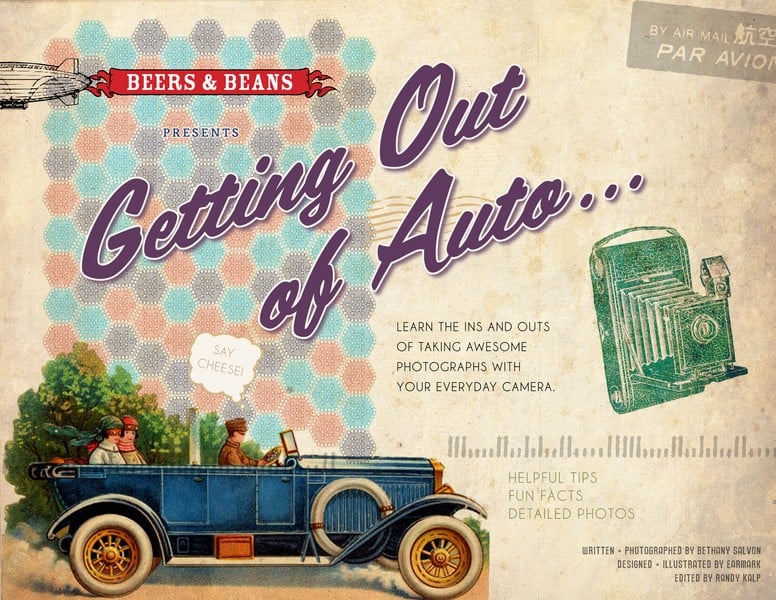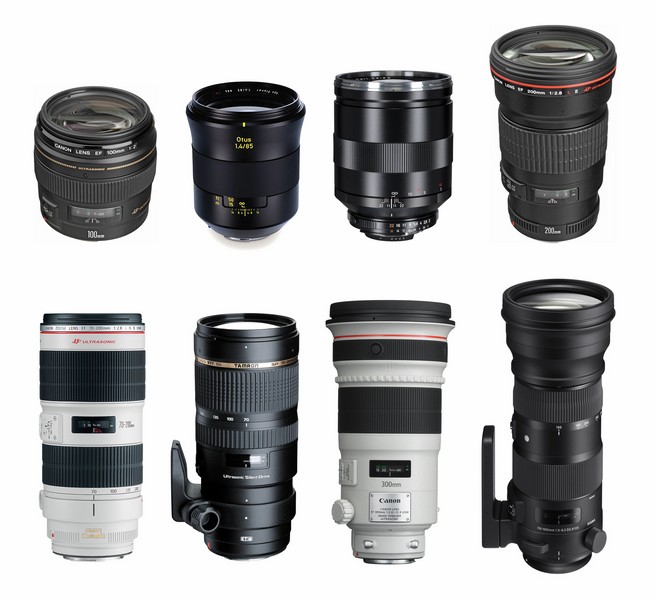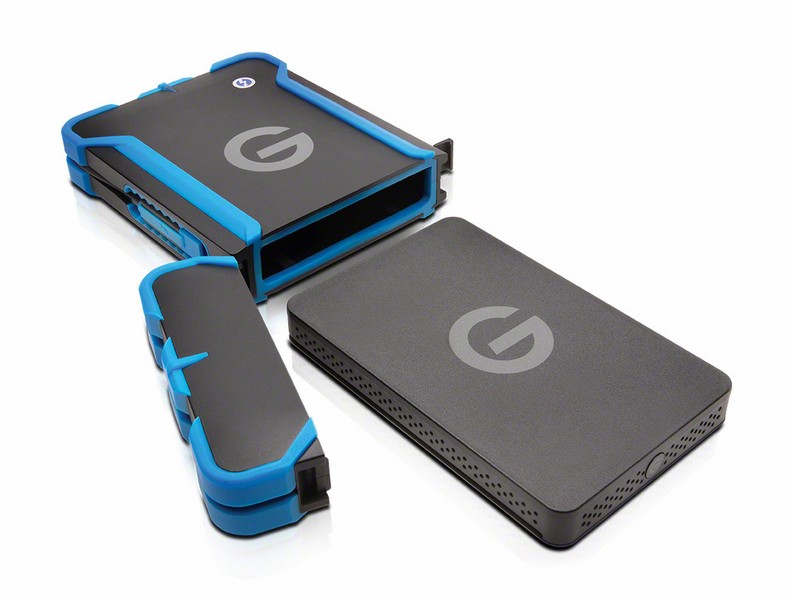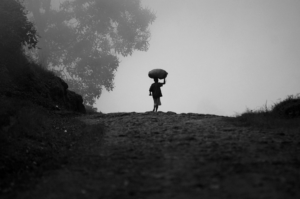I used to be afraid of DSLR cameras. There were too many buttons, dials and confusing terms. I was perfectly content with my dinky CyberShot DSC-U20, an ultracompact 2 megapixel point-and-shoot that came with an 8MB memory stick. Not gigabyte. Megabyte. It was cute. It was non-threatening. It fit into my shirt pocket.
As I began to travel more, though, I realized that a point-and-shoot just wasn’t going to cut it. There was no way I could get photos with the “wow” factor I wanted while dealing with all the limitations my simple camera had. I should point out, though, that in the decade since, point- and-shoots have come a long way, as have mirrorless camera systems (smaller, lighter and less expensive than most DSLRs but with the capability to swap out lenses). Eventually, I broke down and bought a used DSLR, kept it in “Auto” mode and resisted reading any kind of manuals or tutorials that inevitably made my eyes glaze over. With more travel, however, I realized that I would need at least a working knowledge of my camera. Travel requires that you be an incredibly flexible photographer. You don’t have the luxury of time to set up shoots like a wedding photographer. Instead, you often only have a fleeting moment to capture a scene while dealing with weather conditions, tricky lighting or other challenges. Oftentimes, travelers are only passing through a place and it’s either get the shot now or not at all. Travel photography is also an amalgamation of so many kinds of specialized photography: portraits, street, nature, landscape, food, and the list goes on.
I’ve finally come to terms with getting the most out of my camera, and coupled with the magic that is photo editing, am beginning to feel more at ease with travel photography. But the process definitely took years, and not without a healthy dose of frustration. So it was with a teensy bit of bitterness that I recently read Getting Out of Auto with its easy-to-understand style, humor and example photos, all the while wishing that I had read something like this 15 years ago.
Written by Bethany Salvon, Getting Out of Auto is really a gem, consolidating a Bachelor’s in Photography and more than 10 years of photography experience into a 71 page e-book. The book is purposely low on tech speak and uses everyday examples to illustrate teaching points. For example, Bethany uses a window with curtains to explain the notoriously tricky relationship between aperture, shutter speed and ISO. “The window is the aperture or f/stop,” she writes. “The larger the window (aperture), the more light will come in to the interior of your home… Think of the curtains as shutter speed. The quicker you open and close the curtains the more you limit the light that comes in. The type of glass used to make your window is your ISO… If you have a thin, clear piece of glass as your window (a higher ISO), it will let a lot of light in.”
Getting Out of Auto is mainly aimed at the novice photographer, explaining things like the Rule of Thirds and depth of field. While most of the instruction is for DSLR users, Bethany thoughtfully adds what mode in point-and-shoot cameras can achieve the same effect. I also appreciated the little tasks Bethany sets for the reader, from the basic (“look for light in your day-to-day activities and notice how it makes you feel”) to the bizarre (like tossing a camera into the air while it’s exposing and see what kind of photo your self-timer will take). All in good fun, though.
The first three sections of the book cover the basics of photography: exposure, composition and light, while generously using images (both examples of what to do and what not to do) to illustrate various concepts. For those of you who immediately throw away the instructions and start fiddling with a new product, skip to the final section on tips, tricks and cheats. Here Bethany shares tips on avoiding camera shake (including shooting in quick burst mode while holding your breath), how to piece together a HDR (High Dynamic Range) photo and weighs in on the debate on whether to shoot raw or in jpeg. I’ve been more interested in photographing food recently (yes, I’m one of those annoying people who has to style their food before taking a photo, even if it’s just for Instagram), so I read with pleasure her tips for shooting food which covered using a reflector to bounce light from the rear to create back lighting and how to manipulate the background, depth of field and perspective to get the perfect food shot. The end of the book also comes with cutouts for aiding in composition and cropping and tear-away “cheat sheets” illustrating the main instructional points of the book.
While serious photographers aren’t the intended audience of the book, those who love photography but aren’t quite sure how to get the exact image they want will enjoy Getting Out of Auto. At just over 70 pages artfully laid out with a vintage vibe, you can comfortably get through it in an afternoon (including the little snippets of photography trivia and quotes) but you’ll probably find yourself re-reading sections as you’re working out your camera’s functions which it turns out, aren’t as scary as they might seem.
The book is available for USD9.99 at www.beersandbeans.com, which is also where Beth and her partner, journalist Randy Kalp, blog about their world travels.
GEAR REVIEW
G-DRIVE EV ATC BY G-TECHNOLOGY
There’s nothing like that heart-stopping moment when you see an error message on your camera’s screen, especially after having taken a few days’ worth of photos and realizing you haven’t backed them up anywhere. It’s only happened to me once, he result of a corrupt memory card, but once was enough and now I strive to follow the computer Rule of Three (aka the Backup 3-2-1):
Have three copies of anything you care about, including two formats (like a hard drive and memory card) and one in the cloud (or off-site). Even when I’m traveling, I’ll take time to copy photos to my computer’s hard drive in the evenings before bed. But as a travel photographer, it’s not always pristine hotels and ideal weather conditions. Enter the G-Drive ev ATC by G-Technology, a product I’ve been testing for the last month or so. Basically, the G-Drive ev ATC has two parts: a removable 1TB G-Drive ev RaW inside an All-Terrain Case (ATC). The drive itself works with G-Tech’s ev system and can withstand a 1.2 m drop (think: desk height) on a carpeted concrete floor, while the hard plastic case with blue rubber bumpers further protects the drive from dust, pressure and shock, including a 2 m drop and 30 seconds in a pool of water up to 1 ft. I tested t by taking out the drive and replacing it with a paper towel then submerging the whole thing in water (it floats). The inside remained bone dry. This sort of protection does come at a weight cost of 372 g and the unit is slightly bulky but solid at 16 x 11 x 3 cm. The unit comes with a built-in USB cable (a Thunderbolt version for Macs is also available) so you never really need to open the case itself. The hard drive comes formatted for use with Macs, but I was able to follow the instructions to reformat it for use with Windows in about three minutes.
All in all, the G-Drive ev ATC is a well-designed, well-made product for those who find themselves working in suboptimal conditions. There’s also a definite “cool factor” with the drive and case that cheaper versions simply cannot match. The G-Drive ev ATC with tethered USB cable is USD179.95 (the Thunderbolt version is USD229.95) via Amazon or www.g-technology.com and comes with a 3-year warranty.








